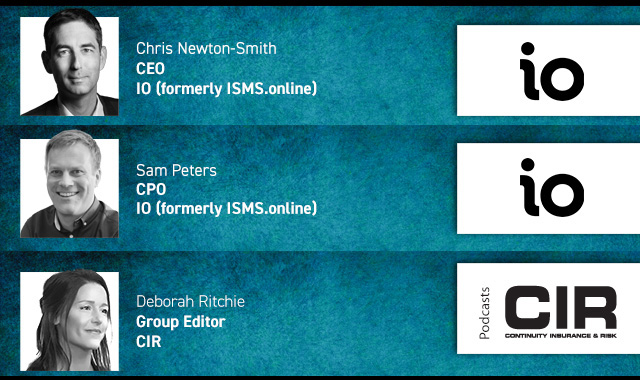Partners from across the private and humanitarian sectors have launched a catastrophe bond for volcano-related disasters on behalf of the Danish Red Cross. The cat bond covers 10 volcanoes across three continents, aiming to raise up to US$3m from investors for aid in the aftermath of an eruption.
By using advanced modelling developed by Mitiga Solutions and blockchain technology from Replexus, the bond will raise humanitarian funds in advance, and allow aid to be released more quickly and effectively.
The cat bond, sponsored by the Danish Red Cross and with support from international insurance group Howden Group Holdings’ charitable foundation, financial lines and reinsurance divisions, and capital markets business, is considered to be the world’s first volcano catastrophe bond to mobilise humanitarian assistance from global capital markets.
The 10 volcanoes covered by the cat bond were selected for the significant humanitarian threat they represent, with at least 700,000 individuals living within a 60-mile radius of a potential eruption. They include North America’s second highest volcano, Popocatépetl, Mexi-co, and Colombia’s Nevado del Ruiz, which killed 23,000 and displaced thousands more when it erupted in 1985.
The other volcanoes covered by the bond include three in Ecuador (Cotopaxi, Tungurahua and Pichincha), two in Indonesia (Merapi and Raung), one in Chile (Villa Rica), one in Guatemala (Fuego), and one in Cameroon (Mt. Cameroon).
“Mitiga Solutions has developed a state-of-the-art model using numerous data inputs to predict where funds will be needed, improving both the efficiency and effectiveness of humanitarian relief,” said Alejandro Marti, CEO of Mitiga Solutions, Barcelona-based experts in predicting natural hazards.
“Our model can anticipate the trajectory of the volcanic ash cloud using prevailing winds to better estimate the impact and more effectively guide cat bond proceeds.”
The bond is based on a trigger mechanism developed by Mitiga Solutions to set in motion a payout whenever a volcanic ash plume reaches a certain height and the prevailing wind directs the ash fall towards vulnerable communities.
A private blockchain for dematerialising the bonds has also been developed by Replexus, helping to reduce costs by US$200,000-400,000 per issue compared to traditional settlement systems.
“The volcano CAT bond will be placed on an insurance-linked securities blockchain, making the transaction particularly cost-effective for the aid agency and enabling secondary market trading among ILS investors,” said Cedric Edmonds, founder and CEO of Replexus.
“Additional benefits of the blockchain structure include allowing investors to hold their own securities on their own computer server rather than using a custody bank, and therefore saving five to 10 basis points per annum on the value of the securities they hold.”
Charlie Langdale, managing director of financial lines for Howden Broking, added: “The volcano cat bond is an important addition to the ILS market as it has the potential to revolutionise disaster relief finance. This ground-breaking innovation represents a springboard from which further products and markets can be developed.”
Some 500 million people worldwide live near 1,500 active volcanoes. The eruption of Mount Etna, Europe’s biggest volcano, in 2002 caused economic losses equivalent to almost £650m in the months that followed.
Initial investors include Plenum Investments, Schroder Investment Management and Solidum Partners.
Printed Copy:
Would you also like to receive CIR Magazine in print?
Data Use:
We will also send you our free daily email newsletters and other relevant communications, which you can opt out of at any time. Thank you.











YOU MIGHT ALSO LIKE